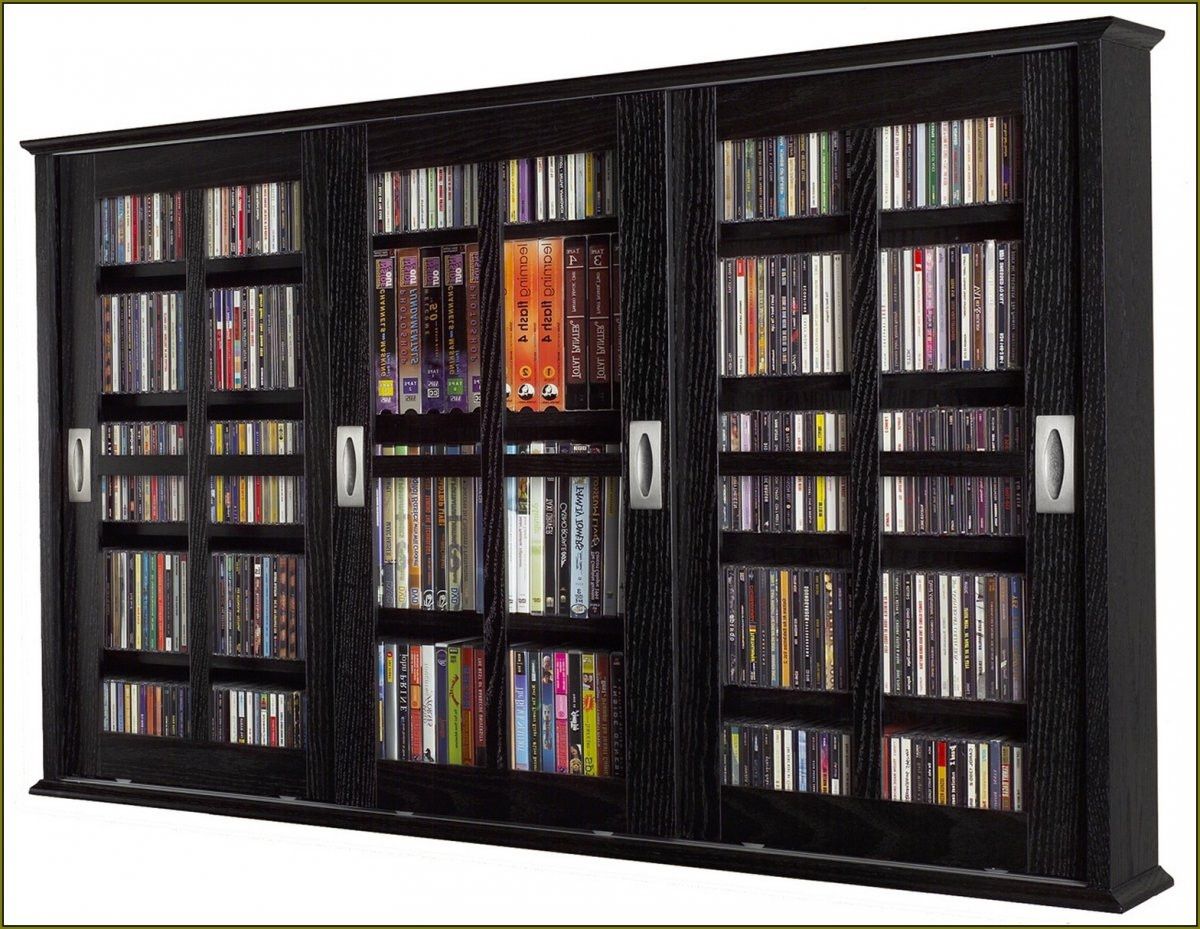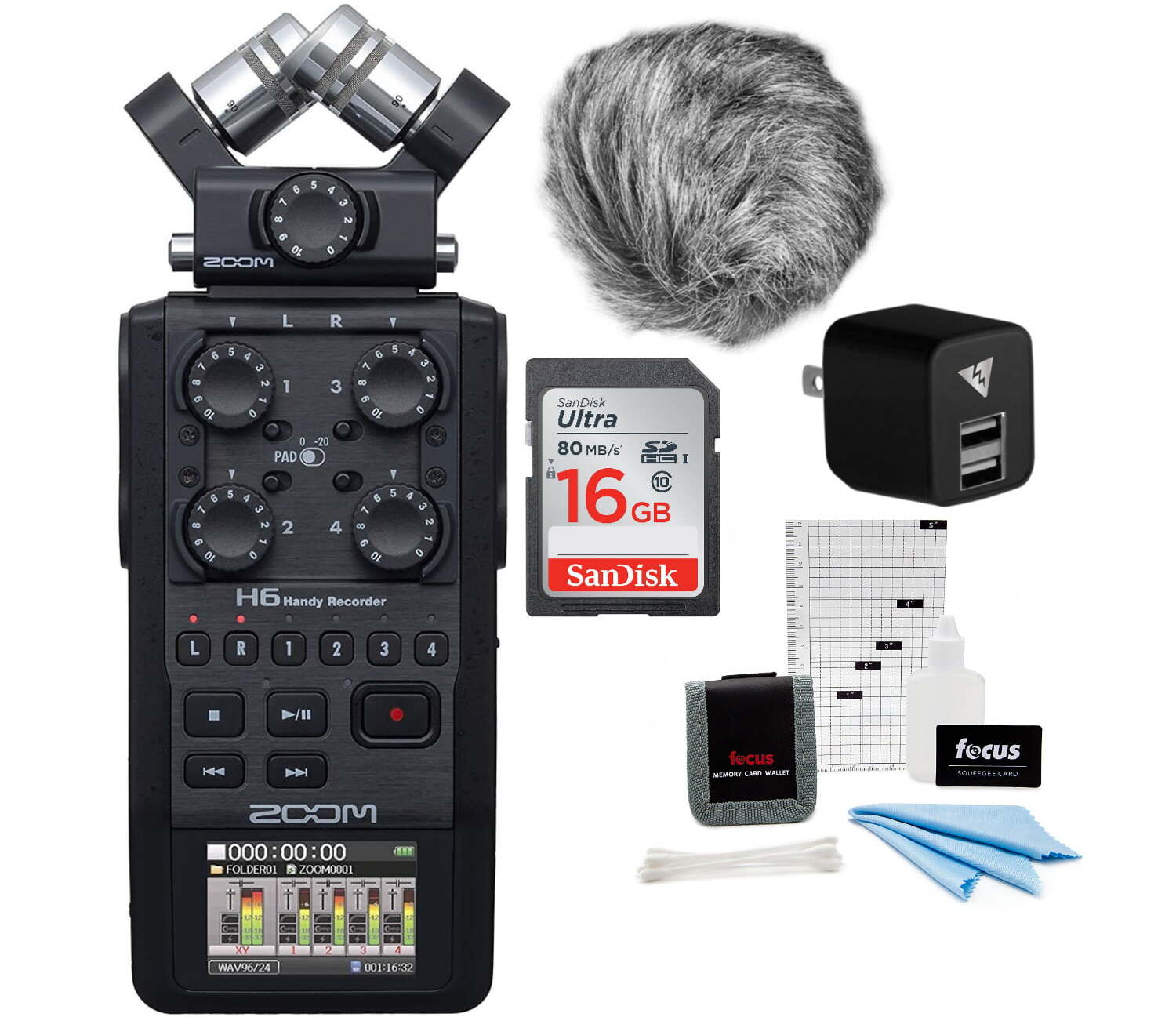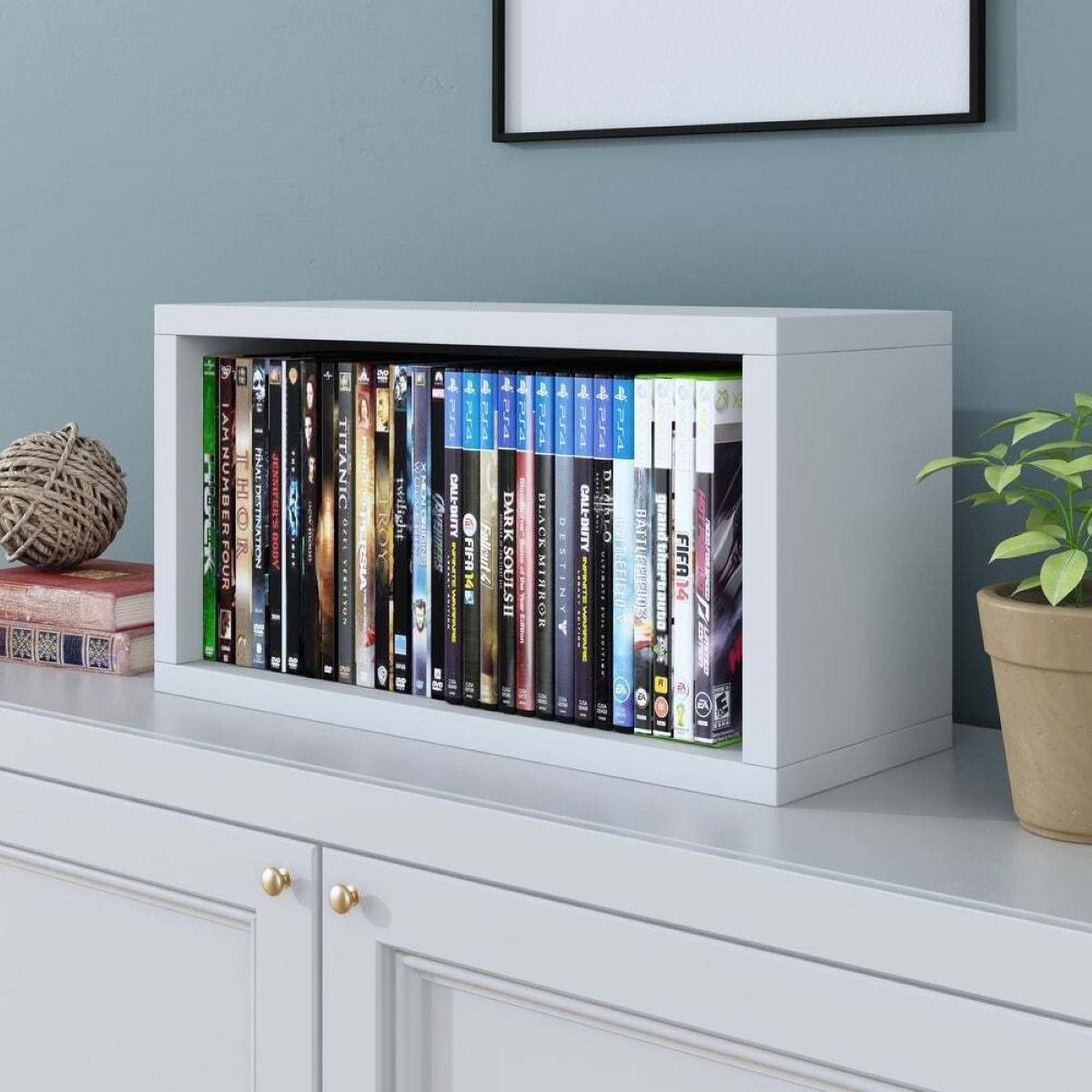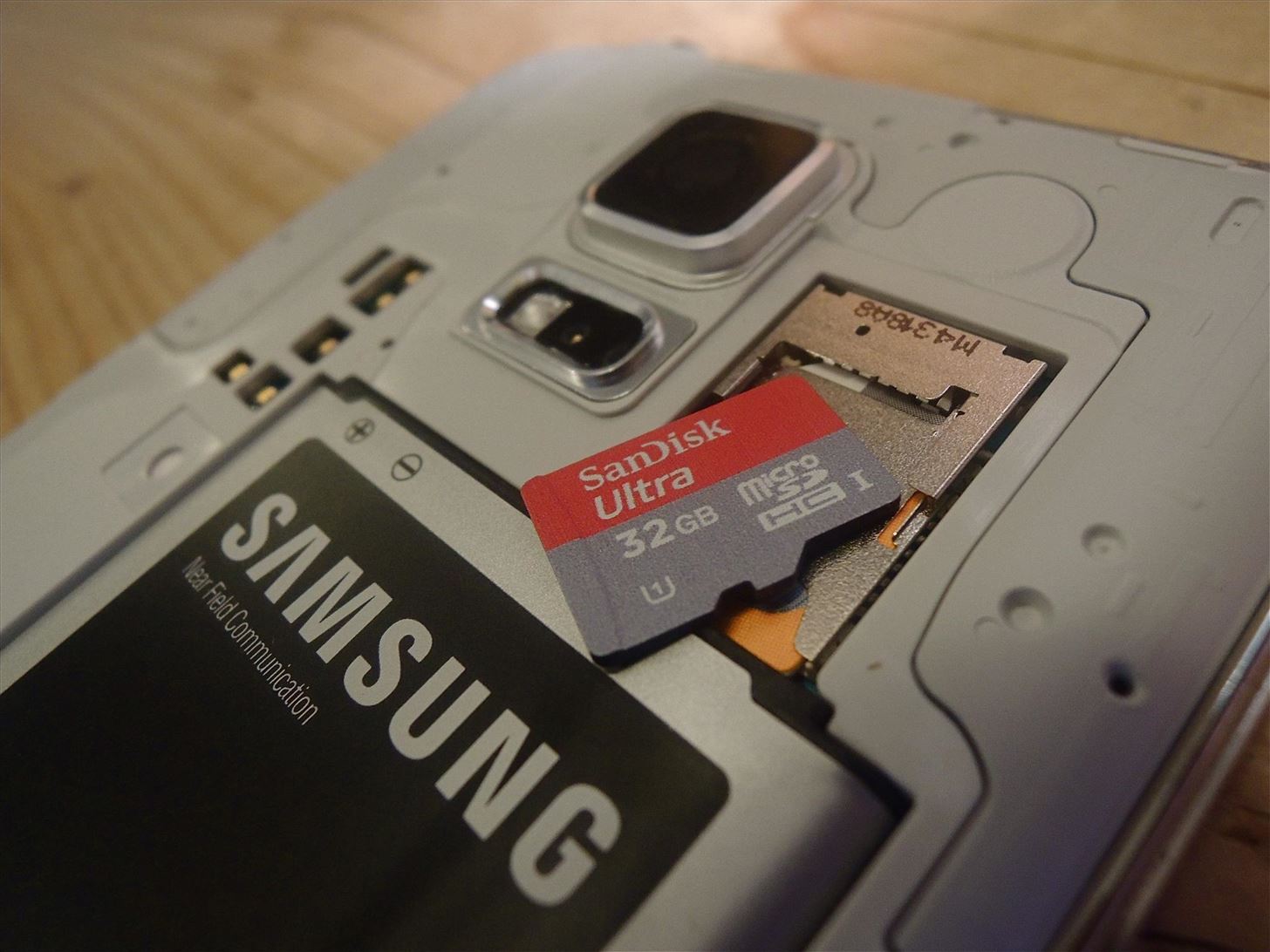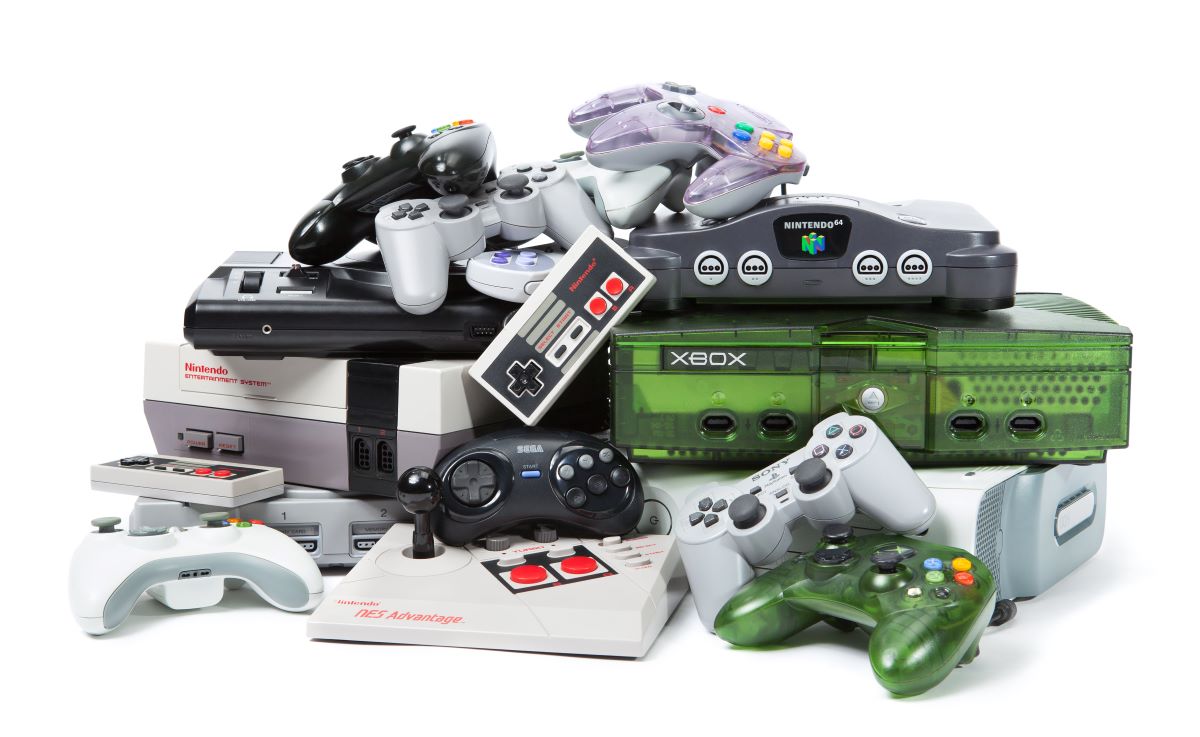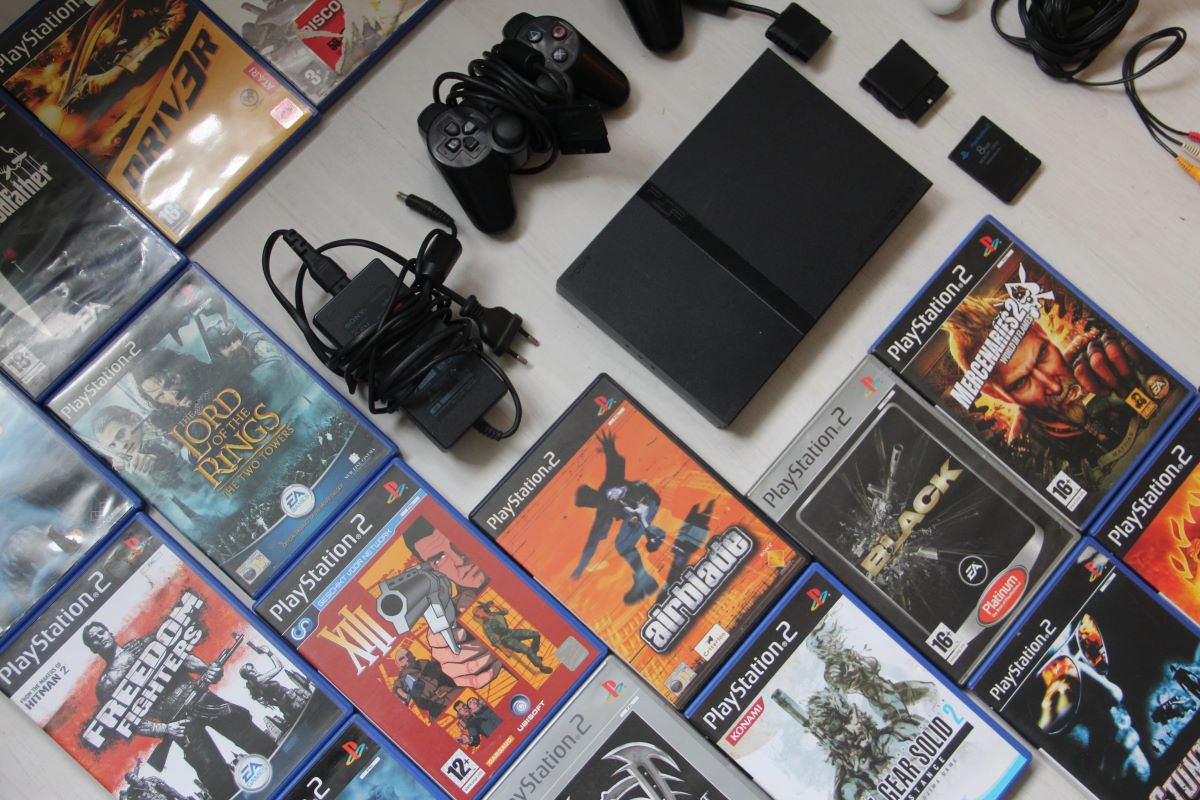Home> How To Store Video Games & Electronics
Genius Hacks: Effortlessly Store Video Games & Electronics!
Discover genius hacks on how to effortlessly store video games and electronics. Keep your devices organized and protected with these smart storage solutions.

